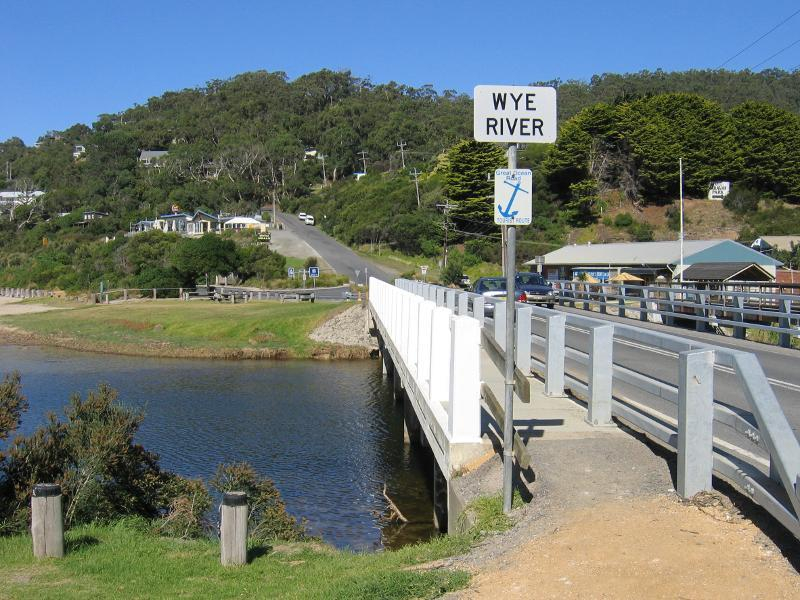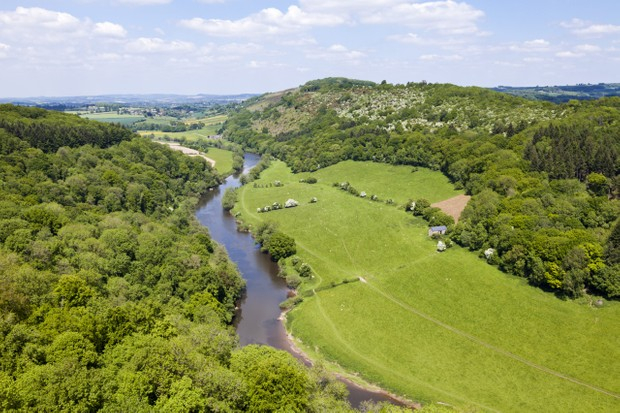Wye
The Wye River is the fourth-longest river in the United Kingdom, running 250 kilometers (155 miles) from its headwaters on Plynlimon in mid-Wales to the Severn estuary. The river forms part of the boundary between England and Wales for most of its course. The Wye Valley's lower section has been classified as an Area of Outstanding Natural Beauty. The Wye is vital for environmental protection and enjoyment, yet it is heavily polluted.
The Wye originates in the Welsh highlands in Plynlimon. It runs through or past Rhayader, Builth Wells, Hay-on-Wye, Hereford (the only city on the River Wye), Ross-on-Wye, Symonds Yat, Monmouth, and Tintern before joining the Severn estuary close beyond Chepstow. The river's bottom 16 miles (26 km) from Redbrook to Chepstow defines the boundary between England and Wales.
The River Wye is protected by two Sites of Special Scientific Interest, one above Hay-on-Wye (Gwy Uchaf) and one downstream to Chepstow (Gwy Isaf). Geology, topography, vegetation, animals, invertebrates, fish, and birds are among the requirements for the river's designation as an SSSI since the river and its tributaries form a huge linear habitat. Natural England has split the Lower Wye SSSI into seven units of assessment, and administrative responsibilities are shared by the councils of Powys, Herefordshire, Gloucestershire, and Monmouthshire. The Wye is bordered by a number of other SSSIs in England and Wales, notably the Upper Wye Gorge and Lower Wye Gorge.
Length: 134 miles












